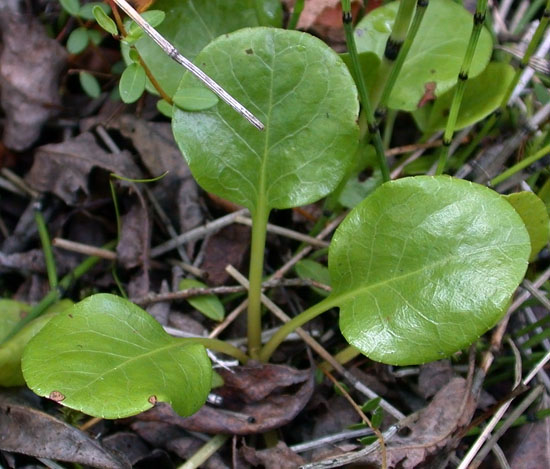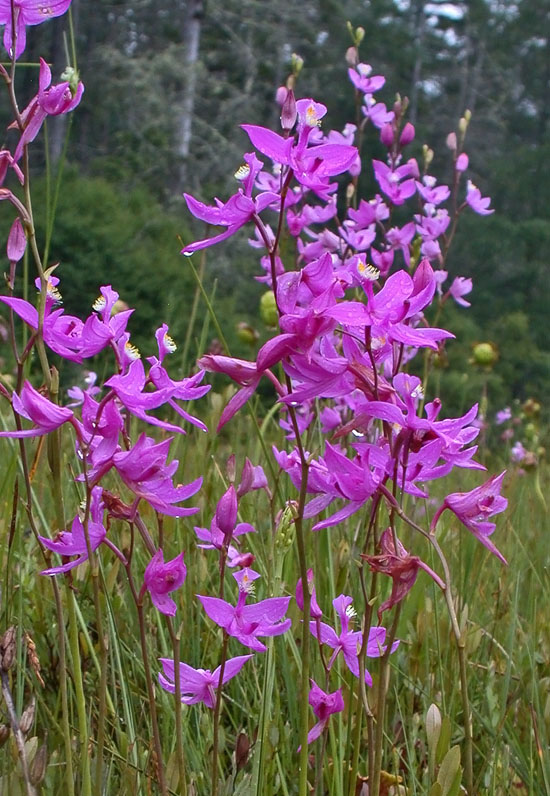Five Pyrola spp. occur in New York. These plants are commonly known as wintergreen or shinleaf. I was able to photograph all but one of these in the last two days. The one that still alludes me is Pyrola chlorantha which, unlike the other species, has greenish flowers. It is not uncommon so I may still find it before the end of July.
The most common species is elliptic-leaved shinleaf (Pyrola elliptica). This one was found under a young gray birch on an old iron mining site. The leaves are often a darker green.

Two days ago I found a large patch of American shinleaf (Pyrola americana) growing in moist sand along the edge of a bog. I’ve also found this species in swamps. This is one of the largest species with round leaves and relatively large white-petaled flowers. It is probably the most common species in New York other than Pyrola elliptica (and possibly P. chlorantha which I have ironically yet to find).

Back at the old iron mine site there was a good population of the state threatened pink wintergreen (Pyrola asarifolia) growing primarily in the shade of willows, tamarack, and black spruce. While the leaves resemble those of P. americana to some extent, this is the only species with consistently pink or pink-purple flowers. The petals of P. elliptica can sometimes have a faint pink hue but are mostly white and the thin (rather than shiny and leathery) leaves are quite different.

Shiny, leathery, rather round leaves of P. asarifolia.

The rarest species in New York is the state endangered little shinleaf (Pyrola minor), known from just below the alpine zone of one high peak and one other nearby location. There are probably less than 100 known plants in the state, though careful searches in the area might turn up more. This species is primarily a boreal species that inhabits subalpine coniferous forests in New York. It is smaller than the other species and also differs in having a short and straight style. All other species in NY have an elongate and strongly curving style (not counting the segregate genera Moneses, with solitary flowers, and Orthilia with flowers all on one side of the raceme).







